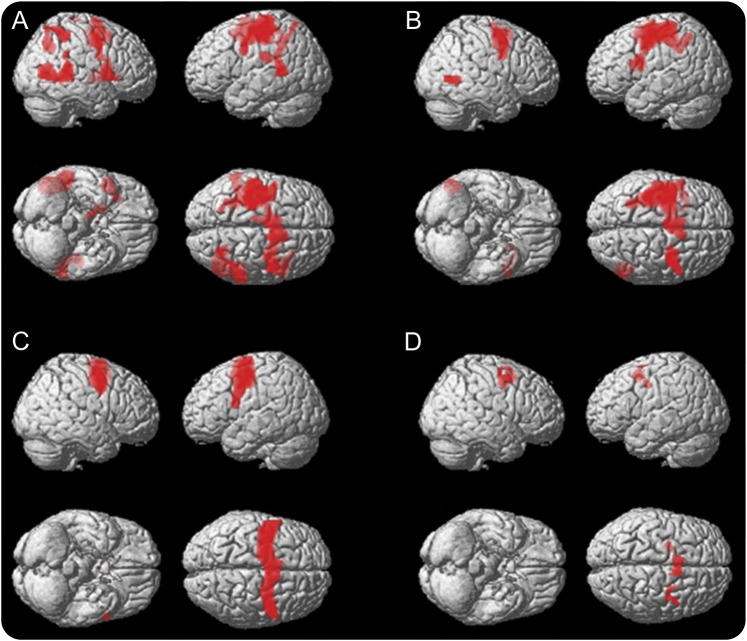Figure 2. fMRI results during the execution of visuospatial attention task.
(A) Main effect of exogenous covert orienting of spatial attention (COVAT) in premanifest Huntington disease (preHD) participants (voxel-level threshold = p < 0.05 family-wise error [FWE]–corrected, cluster-level threshold = p < 0.05 FWE-corrected). (B) Main effect of COVAT in healthy participants (voxel-level threshold = p < 0.05 FWE-corrected, cluster-level threshold = p < 0.05 FWE-corrected). (C) Masks built of the frontal oculomotor cortex emerged in the multisubjects statistical map of the main effect of the prosaccadic task (p < 0.05 FWE-corrected) and comprising the supposed bilateral frontal eye fields (FEF) and supplemental FEF. (D) Clusters emerged in the multiple regression analysis restricted to the regions of interest (p < 0.001 uncorrected) conducted in preHD participants between probability to develop Huntington disease onset in the next 5 years and the contrast images obtained for the conditions for which the strongest behavioral effect of inhibition of return was observed (i.e., stimulus onset asynchrony = 900 ms; valid and invalid condition).

